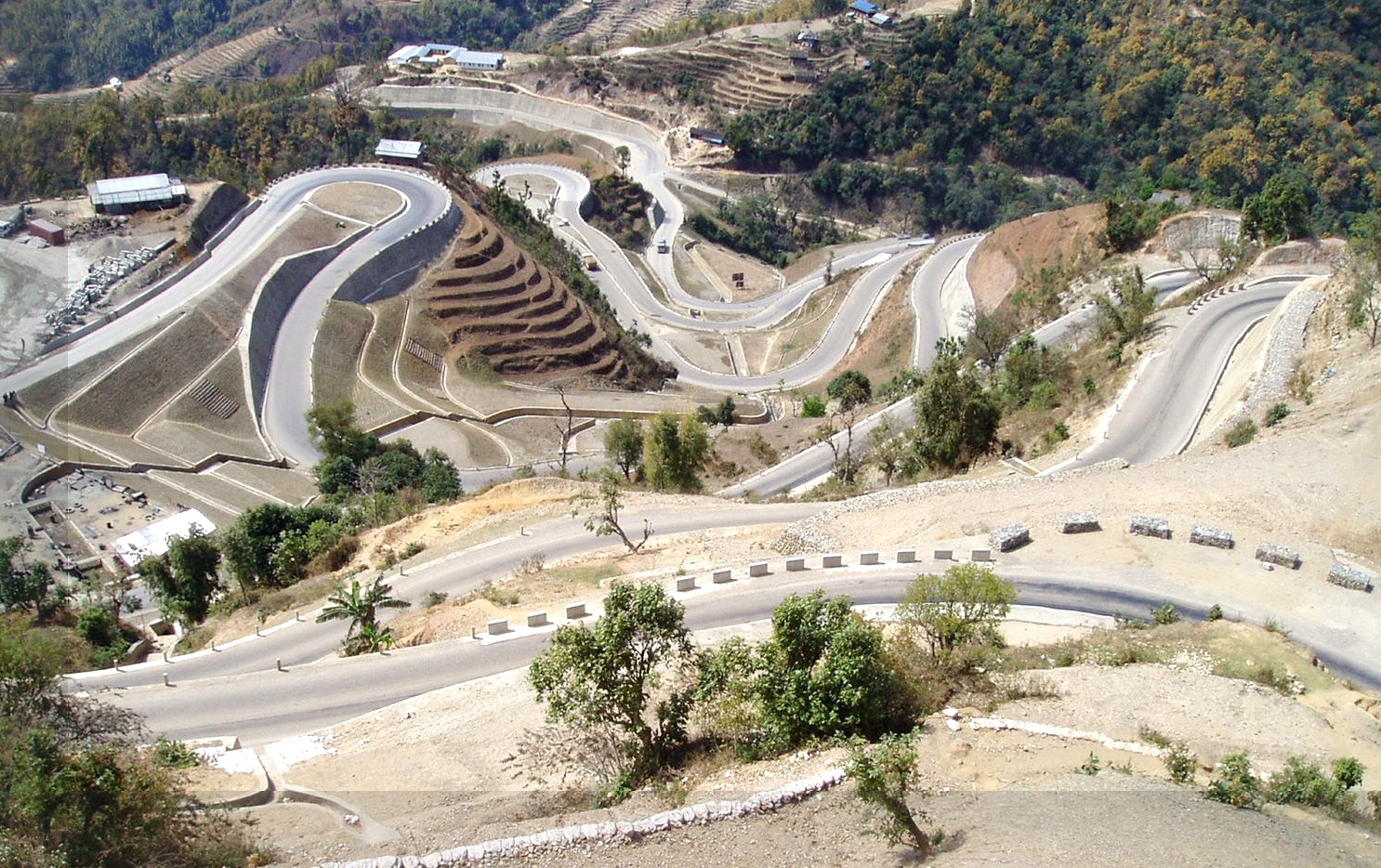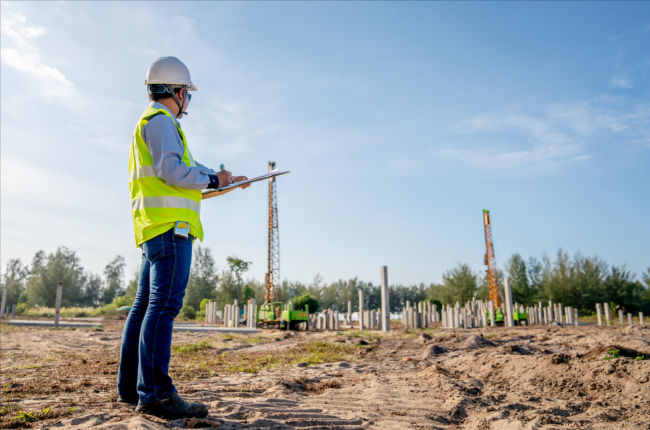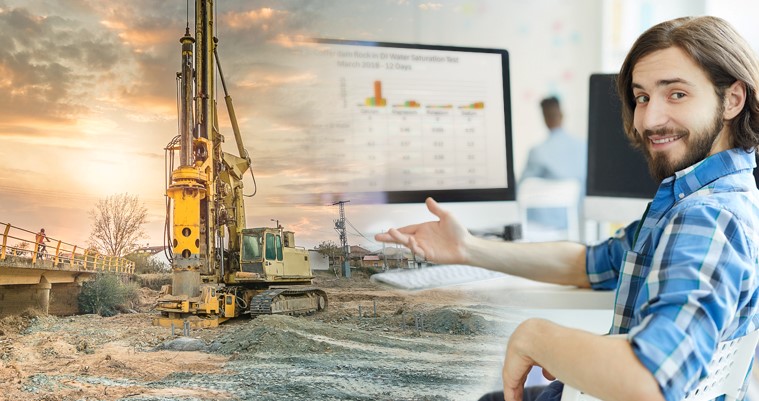Geotechnical Geologist Services for Accurate Soil and Rock Analysis
Wiki Article
How Consulting Engineers Enhance Geotechnical Design Projects: Insights Into Their Experience, Techniques, and Collaborative Approaches
Consulting designers are pivotal in enhancing geotechnical engineering jobs, using their specialized knowledge to browse the complexities of subsurface conditions. Their collaborative techniques foster interaction amongst diverse job stakeholders, eventually forming the project's trajectory.Duty of Consulting Engineers
The expertise of seeking advice from engineers in geotechnical engineering is essential to the effective execution of building and construction projects. These specialists play a critical duty in analyzing soil and rock residential or commercial properties, which are crucial variables affecting layout and building and construction choices. By carrying out complete website investigations, consulting engineers accumulate vital data that educates the layout process, ensuring projects are improved steady and appropriate ground.Consulting engineers likewise supply indispensable insights into threat monitoring (geotechnical geologist). They identify prospective geotechnical risks, such as landslides, dirt liquefaction, and negotiation issues, allowing stakeholders to implement efficient reduction approaches. Their competence help in maximizing foundation layouts, which can cause significant expense savings and enhanced security
Moreover, speaking with engineers offer as a crucial link between job proprietors, designers, and professionals. Their capacity to translate complicated geotechnical information into actionable recommendations fosters collaboration and helps with notified decision-making throughout the job lifecycle. This multidisciplinary method not only enhances task efficiency however additionally ensures compliance with regulatory standards and finest techniques.
Trick Approaches in Geotechnical Design

One key method is site examination, which involves conducting area examinations and laboratory analyses to collect information on subsurface problems. Methods such as Standard Infiltration Testing (SPT) and Cone Infiltration Testing (CPT) are extensively used to assess soil stratigraphy and stamina. Furthermore, geophysical methods, including seismic and electric resistivity surveys, give non-invasive methods to analyze subsurface features.
One more important approach is numerical modeling, which makes it possible for designers to simulate numerous scenarios and anticipate exactly how soil-structure interactions will certainly behave under various loading conditions. Finite Element Evaluation (FEA) is a typical strategy employed in this context.
Moreover, the design of structures, retaining frameworks, and earthworks counts greatly on these methodologies - geotechnical geologist. By incorporating advanced logical devices with area data, seeking advice from engineers can create tailored options that attend to details job challenges, ultimately adding to the stability and safety of building and construction tasks
Relevance of Dirt Evaluation
Dirt analysis functions as a fundamental component in geotechnical design, supplying necessary understandings right into the physical and chemical residential properties of soil essential for effective building planning. Understanding dirt characteristics is crucial for identifying its load-bearing ability, drainage behavior, and capacity for negotiation or instability. Comprehensive dirt investigations, including sampling and lab screening, help determine criteria such as dirt kind, moisture material, thickness, and shear toughness.
These evaluations inform the choice of proper building and construction techniques and materials, eventually affecting task safety and longevity. Natural dirts may require different structure styles contrasted to granular dirts, requiring customized design solutions. Soil analysis aids in determining pollutants that might position dangers to human health and wellness or the atmosphere, permitting for the growth of reduction strategies.
Integrating dirt evaluation right into the beginning of job growth helps to reduce unexpected difficulties, guaranteeing that designers can prepare for and resolve potential problems prior to they rise. By developing a thorough understanding of the site problems, speaking with engineers can optimize design efficiency and lower costs, thus improving the general success of geotechnical engineering projects.
Collective Techniques in Jobs
Successful geotechnical tasks usually hinge on collaborative techniques that bring together varied experience from different disciplines. Efficient collaboration among consulting designers, geologists, environmental researchers, and building specialists is vital for addressing intricate challenges and enhancing task results. By leveraging the unique abilities and understanding of each team participant, projects can profit from an alternative understanding of the website conditions, regulative requirements, and design constraints.Routine interaction and interdisciplinary meetings help with the sharing of understandings and cultivate a culture of synergy. These collective initiatives make it possible for the recognition of prospective threats early in the project lifecycle, permitting prompt mitigation techniques. Including responses from stakeholders, including local communities and regulative companies, makes certain that all viewpoints are considered, enhancing project acceptance and compliance.
Additionally, the integration of advanced technologies, such as Geographic Information Solution (GIS) and Structure Details Modeling (BIM), more boosts cooperation. These devices permit for the real-time sharing of information and visualization of geotechnical conditions, promoting informed decision-making. Ultimately, a collaborative approach not just simplifies task implementation however also lays the foundation for cutting-edge remedies to intricate geotechnical engineering challenges.
Impact on Task Results

Consulting designers employ sophisticated methodologies such as danger analysis and anticipating modeling, which enhance the accuracy of task forecasts. Their capability to incorporate cutting-edge innovations, like geotechnical instrumentation and information analytics, better refines the style and construction processes. Therefore, projects experience enhanced performance, reduced expenses, and lessened hold-ups.
Furthermore, promoting reliable communication and collaboration among employee boosts problem-solving abilities. When obstacles emerge, an unified front permits speedy identification of options, preventing potential problems. Eventually, the joint initiatives of speaking with designers add to better results, making certain that tasks meet both regulative requirements civil geotechnical engineering and customer assumptions.
Verdict

Report this wiki page